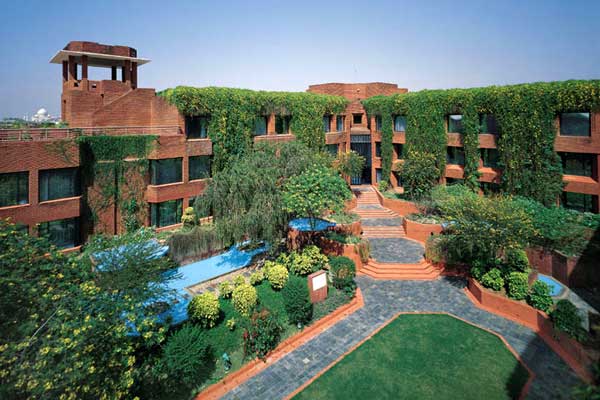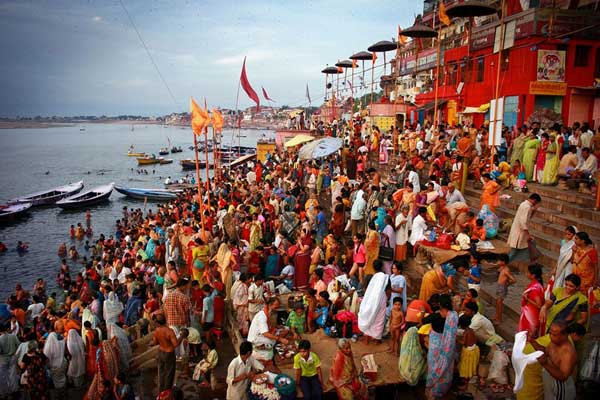Gwalior Fort is ancient Fort situated in the Gwalior City of Madhya Pradesh. The Fort is built on an offshoot of Vindhyan sandstone on a single Rocky hill named as Gopachal and small River Swarnrekha flows parallel to Fort. As the exact time period of Fort’s construction is not certain, it is said that it was built in 3 CE by local King of that time, named as Suraj Sen. When he was suffering from Leprosy disease, a sage offered him water of sacred pond and as a result he was cured. The pond now lies in the Fort.
Gwalior Fort is major tourist destination of Madhya Pradesh state, as it is epitome of various ancient stories. The Fort has been ruled by many rulers in past era. Around 83 descendants of Suraj Sen Pal controlled it till 10the century. In 10th century Kachchhapaghatas controlled the Fort, in 13th century by Tomar Rajputs, then Sher Shah Suri and many more rulers. The Fort houses many structures such as Palaces, Temples, cenotaphs and other monuments.
• Temples - it includes Siddhachal Jain Temple built in 7th to 15th century dedicated to Jain Tirthankaras, Teli-ka Mandir was built in 8th century and Sahastrabahu Temple built in 10th century.
• Man Mandir Palace - it was built by Tomar King Man Singh in 15th century for his favorite Queen Mrignayani. The palace was famous for its painted effects and geometric patterns.
• Hathi Pol - it is gate which leads to Man Mandir Palace and it is the only left gate among serven gates.
• Gujari Mahal - it was built by Man Singh Tomar for his wife Mrignayani, a Gujar princess. She demanded a separate palace for herself with a regular water supply through an aqueduct from the nearby Rai River. The palace has been converted into an archaeological museum.

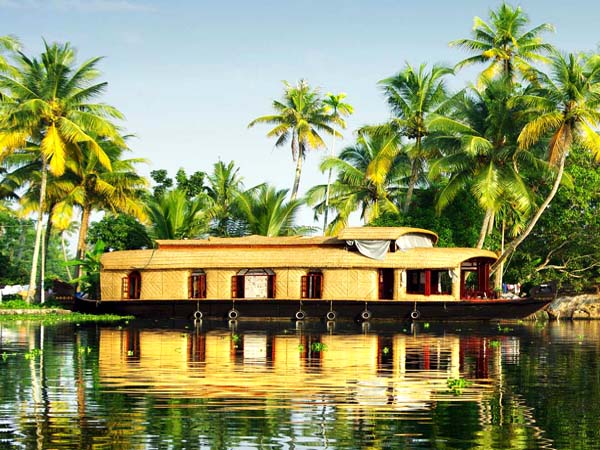
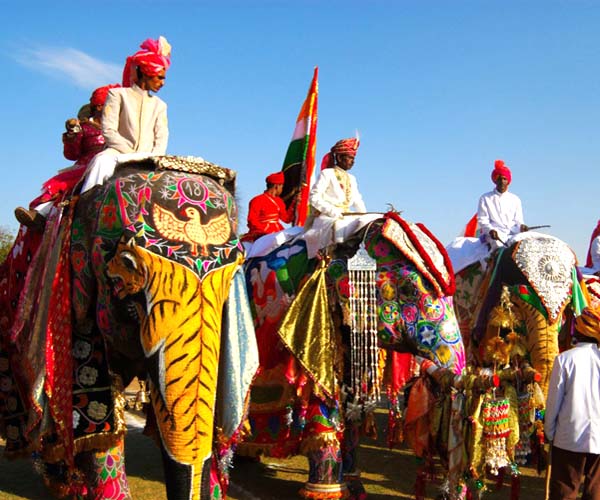
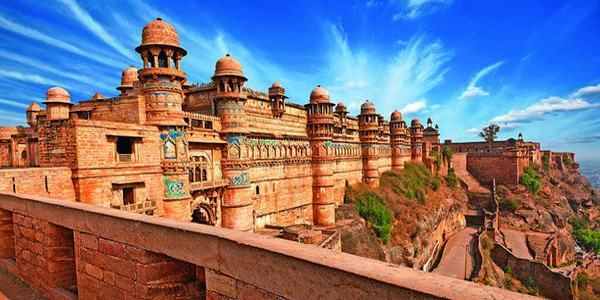
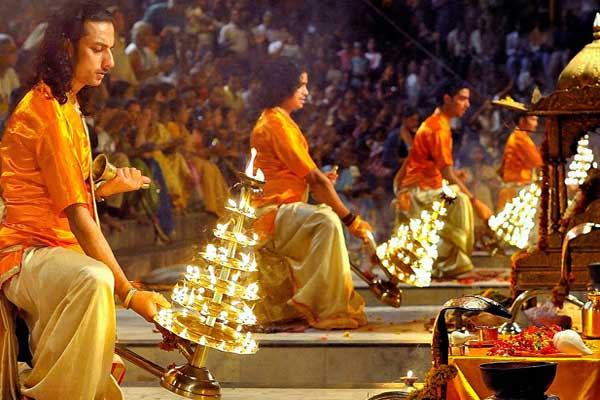
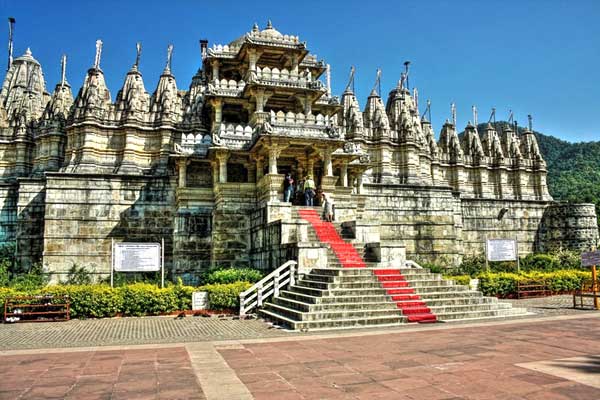
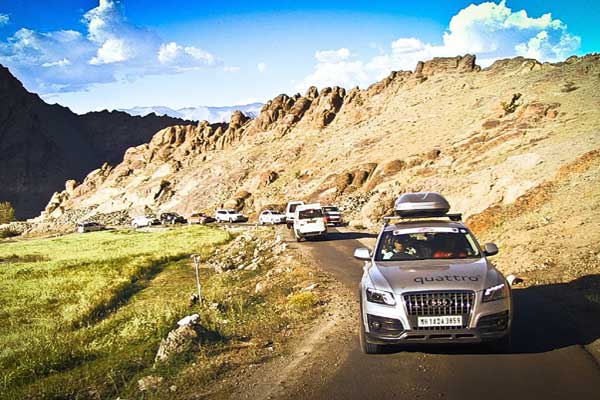
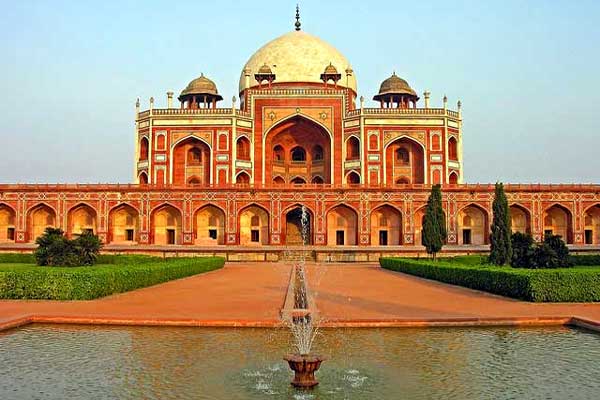
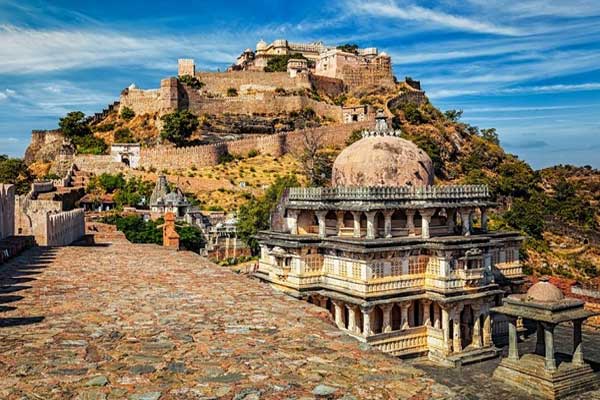
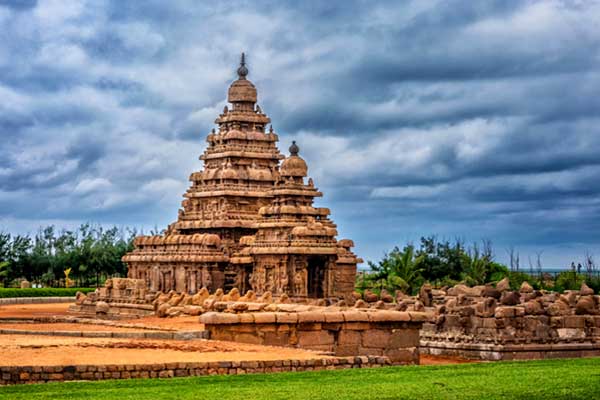
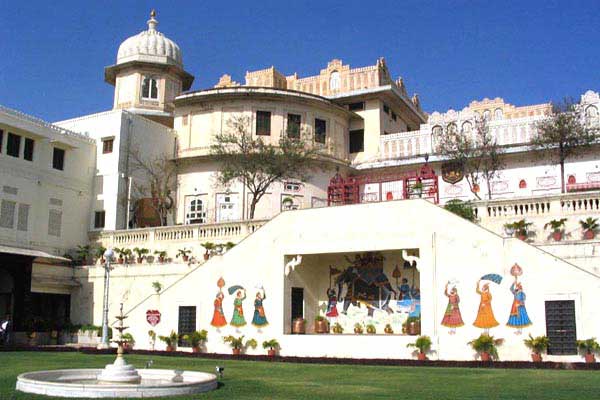
 Udaipur
Udaipur 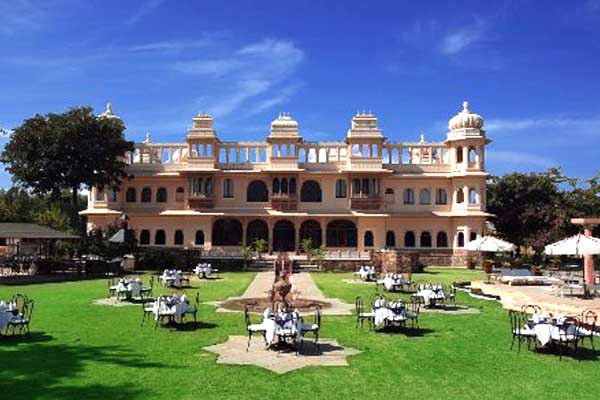
 Ranakpur
Ranakpur 

 Udaipur
Udaipur 